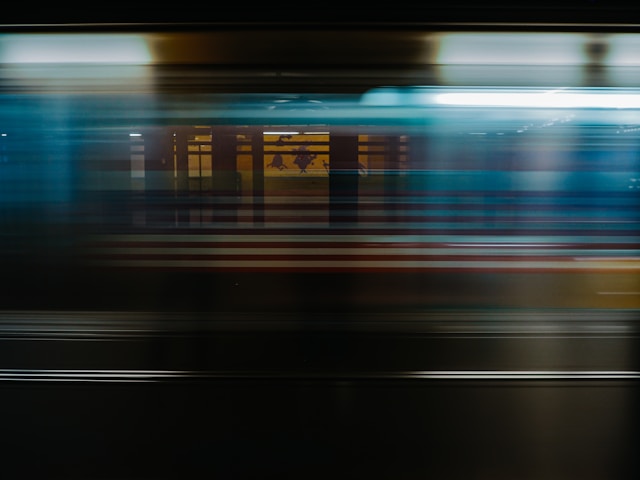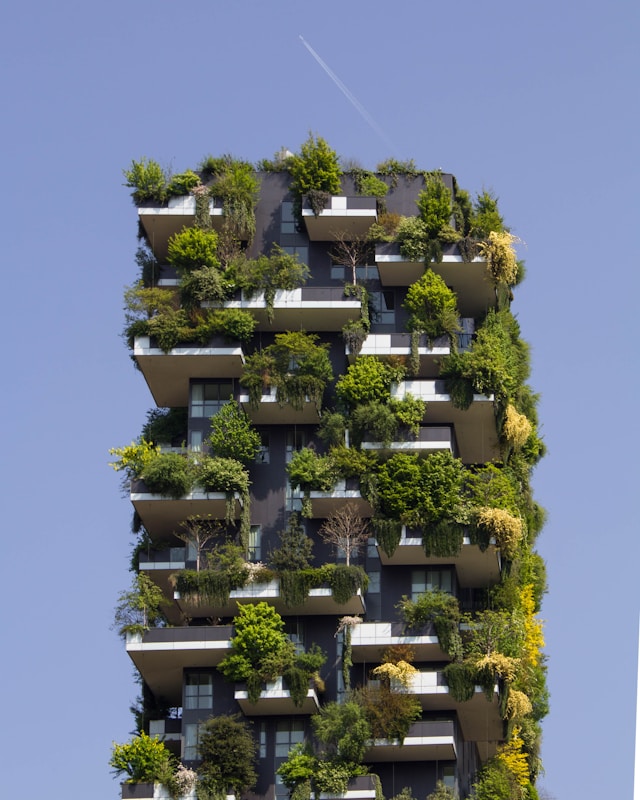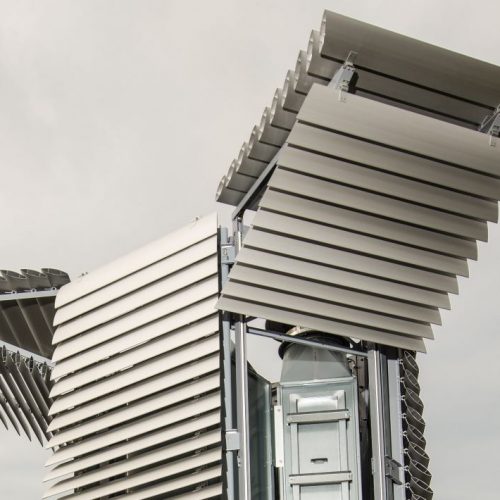Anything We Do, Nature Did First | Biomimicry in Modern Design
Biomimetic design — design based on strategies and processes observed in nature — has long been a key factor influencing human innovation. Recently, scientists have started looking outwards towards nature to help inspire novel solutions to human-caused environmental issues, such as climate change and water pollution.
To receive the Luxiders newsletter, sign up here.
It is often said that nature is the ultimate architect — bullet trains, velcro, wind turbine blades; it was all executed on natural terms before ever being remodeled and implemented in human society. Our dependence on nature for inspiration has forever been a central part of modern methods of design — looking towards the behaviors of naturally existing beings, we can channel our observations in productive ways, conjuring up unique designs and applications we likely wouldn’t have otherwise thought of. It is quite possible that nature possesses the solutions to our most imposing problems — take, for example, our ongoing struggle with climate change and pollution.
This process of seeking inspiration in nature — biomimicry — is, in fact, becoming a huge part of novel sustainable initiatives. Teams of scientists, engineers, and environmentalists are joining forces, looking outwards towards the most sustainable construct of all for answers to their pressing questions. Through these collaborations, many innovative and exciting ideas have been proposed, with formidable research projects and product patents underway. We will take a look at some examples below.

© Charles Etoroma via Unsplash
PLASTIC RECYCLING
Each year, an estimated 19-23 million tonnes of plastic waste leak into aquatic habitats, polluting our lakes, rivers, and oceans, harming the organisms who inhibit their fragile ecosystems. Decelerating the accumulation of long-lasting, toxic plastics in our environment has been a main priority of scientists, with no obvious solution as to where we can possibly put all these tonnes of plastics. We’ve tried burying plastic — but it just reappears — we’ve tried burning it – but this is a dangerous gesture, accompanied by a release of harmful chemicals into the air we breathe.
Scientists have uncovered certain organisms in nature — for example, the wax moth caterpillar, who under certain conditions mistakes the chemical structure of plastic for wax — which can actually digest plastic, a fact which has inspired a series of interesting sustainability applications. In addition to selectively breeding wax moth caterpillars to become more efficient plastic decomposers, scientists are researching the enzymes that make this plastic decomposition possible in the first place. Scientists are in the process of synthesizing the compound for chemical use in recycling and other methods of plastic cleanup, with an intention to lessen the burden of harmful plastics in our landfills and waterways.
CARBON SEQUESTRATION
The excess amounts of carbon released into our atmosphere – largely the result of booming industry and large-scale agricultural practice – have been an especially pertinent factor in the climatic shifts we see happening all over the world. Scientists have long struggled to create an efficient way to sequester some of this carbon and reduce the environmental impact of emissions.
Looking to the natural world, scientists have devised a series of biomimetic solutions inspired by naturally occurring behaviors — for example, swarm intelligence in social insects like termites and bees and schooling behaviors in certain species of fish. One particularly promising proposition — which has already been turned into a commercialized commodity — is based on the photosynthetic properties of algae and other plants.
AirCarbon™ is a high-performing plastic which — through a bioconversion technology — transforms recycled carbon emissions into usable materials. Had they not been repurposed, these emissions would otherwise have been released into the atmosphere, contributing to rising global temperatures. AirCarbon is cheaper than oil-based alternative plastics, and can be remodeled into a series of different substances – including everyday products – while simultaneously helping reverse the flow of carbon.
POLLUTION CAPTURE
Sometimes, we need not look further than our own biological makeup — this pollutant-capturing solution was inspired by our very own gut (with some collaborative points from the net-like feeding structures of marine organisms called salps) – specifically, the mucus found in our digestive and respiratory tracts. This design, aimed at helping to reduce the ever accumulating amount of environmental pollutants, features a kind of biodegradable hydrogel which, when placed on the sides of tracks inside Metro stations, would help to capture harmful air pollutants. While the gel is specifically catered to the underground conditions of London and other metros, similar designs might help solve air quality issues aboveground and in other urban locations.

© Victor via Unsplash
In many ways, nature serves as an ultimate blueprint, providing an outline of unique processes that can be adapted across contexts and scaled to accommodate different industry needs. Biomimetic design continues to shape modern methods of innovation, helping us solve challenges effectively and sustainably.
Highlight Image:
@ Unsplash, Andrej Lisakov
+ Words:
Tori Palone
Luxiders Magazine




